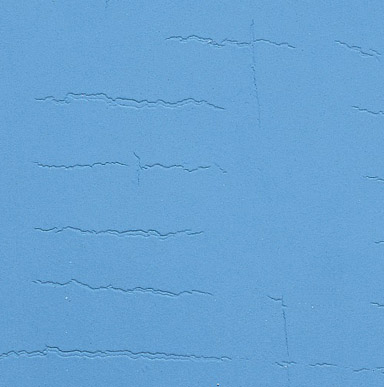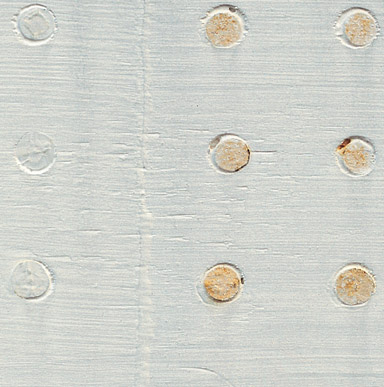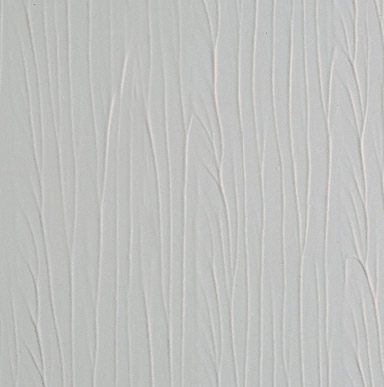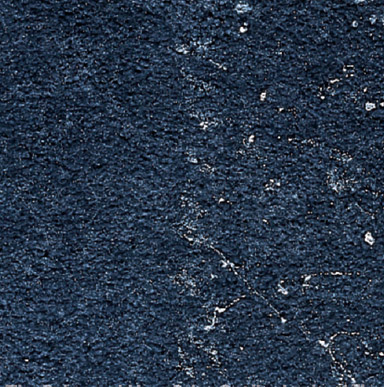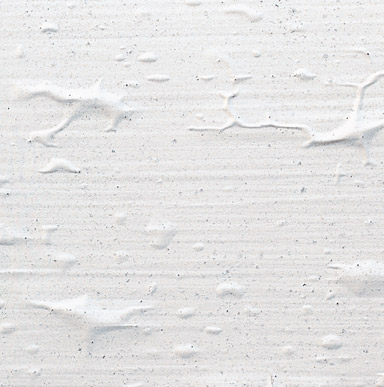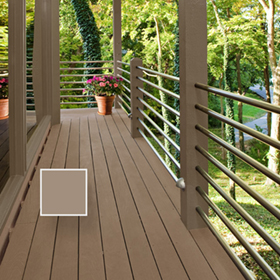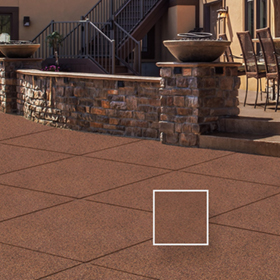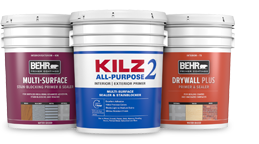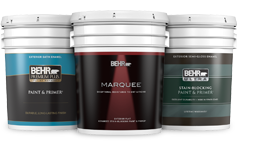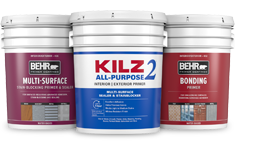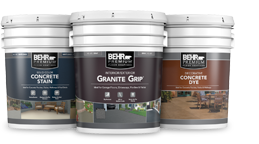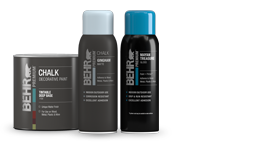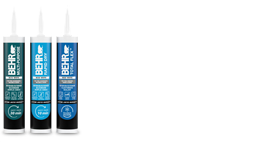PAINT PROBLEM SOLVER
Discover causes and solutions to some of the most common paint problems. We can help you identify, correct and prevent common interior and exterior paint problems that may arise, using recommended BEHR® and KILZ® products.
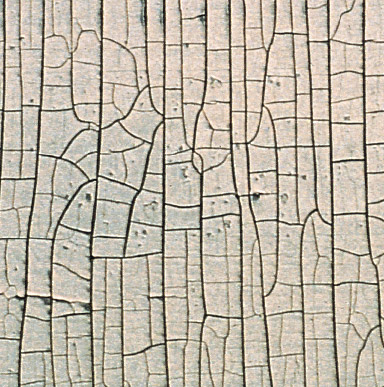 Alligatoring
Alligatoring
Patterned cracking in the surface of the paint film resembling the scales of an alligator.
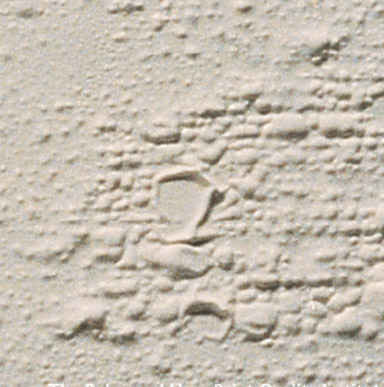 Blistering
Blistering
Bubbles resulting from localized loss of adhesion and lifting of the paint film from the underlying surface.
 Blocking
Blocking
Undesirable sticking together of two painted surfaces when pressed together (e.g., a door sticking to the jamb).
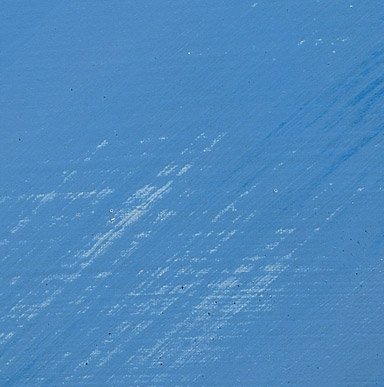 Burnishing
Burnishing
Increase in gloss or sheen of paint film when subjected to rubbing, scrubbing or having an object rub up against it.
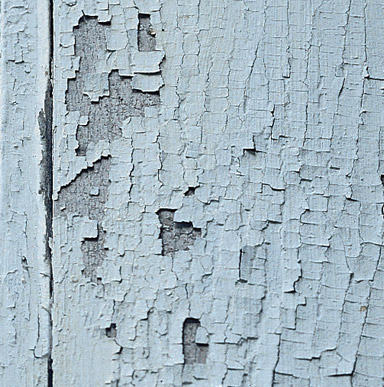 Cracking/Flaking
Cracking/Flaking
The splitting of a dry paint film through at least one coat, which will lead to complete failure of the paint.
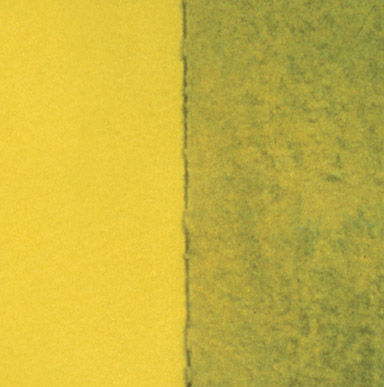 Dirt Pick-Up
Dirt Pick-Up
Accumulation of dirt, dust particles and/or other debris on the paint film; may resemble mildew.
 Efflorescence/Mottling
Efflorescence/Mottling
Crusty, white salt deposits, leached from mortar or masonry as water passes through it.
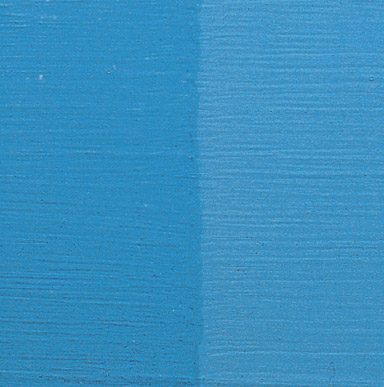 Fading/Poor Color Retention
Fading/Poor Color Retention
Premature and/or excessive lightening of the paint color, which often occurs on surfaces with sunny southern exposure.
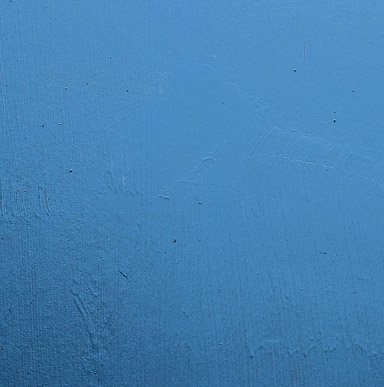 Flashing (Poor Sheen Uniformity)
Flashing (Poor Sheen Uniformity)
Uneven sheen, evident as highs and lows (also known as “flashing”) on a painted surface.
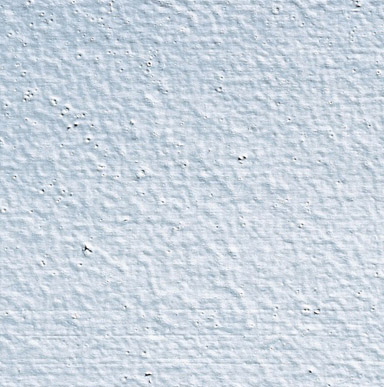 Foaming/Cratering
Foaming/Cratering
Formation of bubbles (foaming) and resulting small, round concave depressions (cratering) when bubbles break in a paint film, during paint application and drying.
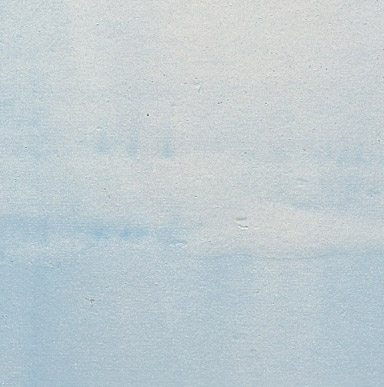 Lapping
Lapping
Appearance of a denser color or higher gloss where wet and dry layers overlap during paint application.
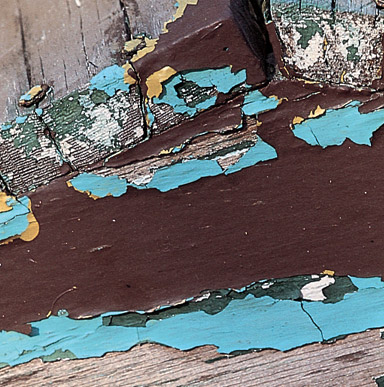 Paint Incompatibility
Paint Incompatibility
Loss of adhesion where a water-based topcoat is applied over many old coats of alkyd or oil-based paint.
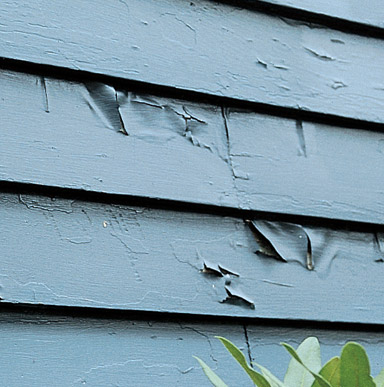 Peeling from Wood
Peeling from Wood
Occurs when wet wood expands and contracts from moisture and temperature change, causing the paint film to loosen, crack and roll at exposed edges and fall off.
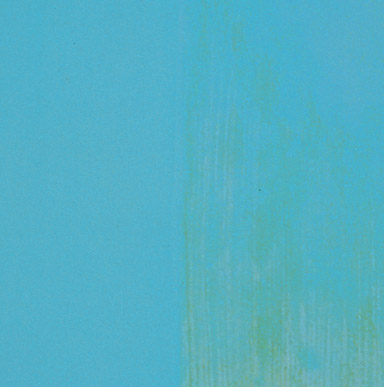 Poor Alkali Resistance
Poor Alkali Resistance
Color loss/burnout and overall deterioration of paint film on fresh concrete and masonry substrate.
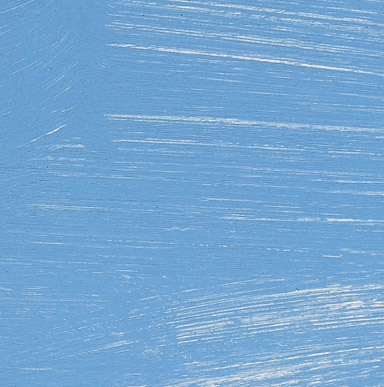 Poor Flow & Leveling
Poor Flow & Leveling
Failure of paint to dry to a smooth film, resulting in unsightly brush and roller marks after the paint dries.
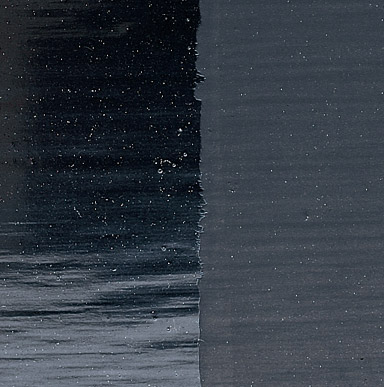 Poor Gloss Retention
Poor Gloss Retention
Deterioration of the paint film, resulting in excessive or rapid loss of luster of the top coat.
 Poor Scrub Resistance
Poor Scrub Resistance
Wearing away or removal of the paint film when scrubbed with a brush, sponge, or cloth.
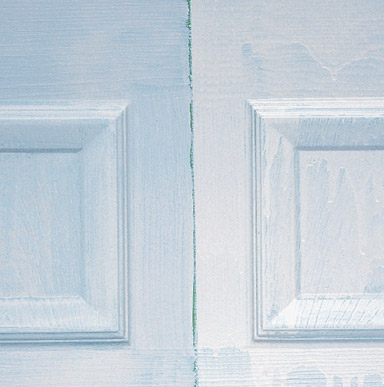 Sagging
Sagging
Downward “drooping” movement of the paint immediately after application, resulting in an uneven coating.
 Surfactant Leaching
Surfactant Leaching
Concentration of water-soluble ingredients (evident as tan or brown streaks or spots and can sometimes be glossy, soapy or sticky) on the surface of a latex paint that can occur on the interior and exterior applications.
 Tannin Staining
Tannin Staining
Brownish or tan discoloration on the paint surface due to migration of tannins from the substrate through the paint film.
 Wax Bleed
Wax Bleed
Stains that come from waxy substances in the reconstituted wood products used to make hardboard siding.
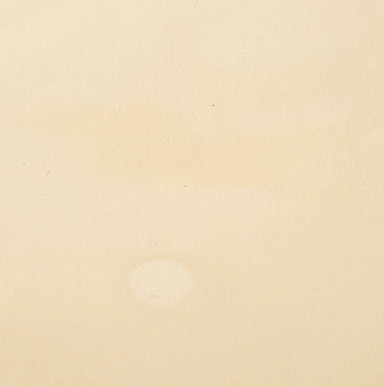 Yellowing
Yellowing
Development of a yellow cast in aging paint; most noticeable in the dried films of white paints or clear varnishes.
READY TO GET STARTED?
 S480-5
S480-5
 Sold Exclusively at The Home Depot
Sold Exclusively at The Home Depot

